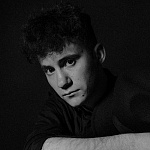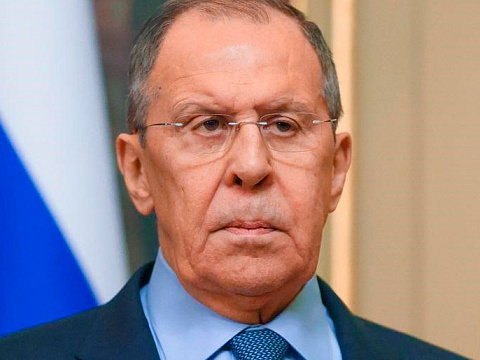How Metro Coaches Are Made
Anastasia Shkitina, correspondent: "Moscow Metro transports about 8.5 million passengers a day. Every morning, we travel to work by new trains that we have got used to, but never do we think about how they are born. But before the carriage is put on rails, it needs to pass at least several stages. What stages? We will tell you."
At first, metal is delivered to the plant. In this shop they cut out, bend and turn the elements of a steel construction kits.
Anastasia Shkitina, correspondent: "This part has been cut, but not by knife. Special installation uses the mix of sand and water instead of a blade. Under big pressure, it comes from this device and allows to make extremely precise parts. Mix of sand and water can handle any material, except paper."
However, this machine is not designed for origami making. There are absolutely different raw materials on its table – rubber, plywood and, of course, metal. These sheets have just come from the laser cutting machine.
Denis Alekhin, press blanking shop manager: "It was absolutely flat. Once it gets here, to the site of metal-folding machines, after several pressing courses, it turns into a radial plate, which then goes directly to the body shop and is welded in a roof element".
Robots weld in this shop. It takes only 45 minutes to make one structure – decidedly less than with mechanical or manual welding. But the main advantage of the robot is a very small error rate. Even if it makes mistake, it is only off by a millimeter, while a man can be off by five. This is a substantial difference. Laser welding is a novice in this shop. Workers admit they had to master a new profession to cope with it.
Vasily Dmitriyev, operator of manipulators: "We were specially trained. A specialized firm trains us to work with robots. Specialists from another firm came to us, trained us to work with this complex."
After that, lasers relay the work to the neighboring shop. There the steel construction kit is assembled – again, by robots. At the end of this process, iron puzzles should turn into a coach body like that. So far, the automated machines assemble only sides and roof of the structure.
And here, the frame is welded by workers. But even here, steel "colleague" assists them – the so-called tilter – a device like this, reminding a Ferris wheel. However, instead of passenger cars, there is a special mechanism inside it, which turns the two-ton structure. Iron employees are the future of industrial enterprises.
Vladislav Vdovinov, body assembly and welding shop manager: "Why is it more convenient to work with a robot? First, it never gets tired, it does not need breaks. It does not need any special microclimate. It only needs to be served in time, professionally. And it can output products day and night."
At that, today Metrovagonmash is the only supplier of trains for Moscow Metro. More than one hundred new "Moscow" trains ride along 7 underground lines. According to the transport experts, it is not a limit.
Metro fleet is constantly renewed. Next year, the "Moscow" train in a new body will be put on rails. It will change the so-called mask and the driver's cabin, coaches will become more capacious and silent.
However, they show us the process of creation of running trains. This is the shop where the coach gets right after welding. Here, they remove dust from it and apply prime in special German chambers. The work is exquisite, therefore, all parts are covered with base manually.
Pavel Zaprudnov, acting shop manager: "Priming is performed in order to protect a body from corrosion and improve adhesion to other materials, such as putty, which is applied at the following stage after coloring. Mastic is applied to increase noise-absorbing in a body."
After that, the body of a coach will be painted corporate colors and sent to the final stage – assembly.
Anastasia Shkitina, correspondent: "Look, this is a future Metro coach. It is difficult to imagine because so far it is an empty metal box. Looking like this, the coach arrives to the so-called standard line, or assembly line.
It is the very first stage, for here they set windows and make floors. Further, the coach will go to the following stages."
There are seven of them in total. The coach will spend 8 hours on each. It means that in less than a week, this structure will go to trial.
Yury Klemeshov, senior master of assembly shop: "We are at the station number 3. Door mechanisms, heater and ceiling panels are installed in the coach, in 8 hours it will move further to the station number 4, where underfloor equipment will be installed."
This line outputs 3 cars daily.
"The world's best subway train" – that is how the Mayor of Moscow Sergey Sobyanin called the "Moscow" train.
He noted the functionality and modern execution of the train. Train cars are walk-trough, with a passage of more than 150 meters. It appears that it not so simple to make – you have to calculate pressure in a tunnel correctly. It won’t be long before the man in a driving cab is not needed anymore, Andrey Vasilyev says. The only thing they need is modernize the Metro system.
Andrey Vasilyev, Deputy CEO for Development of Urban Transport: The unmanned mode is not attributed only to the metro coaches. It is not a car which goes along the city streets, and all automatic equipment is adjusted inside a car. In the subway, unmanned automatic equipment is concentrated in a tunnel, and on the station, and in the control center, and on the board."
Still, Mr. Vasilyev predicts: such cars can really be put on rails soon. Moscow Metro is the innovator among the foreign colleagues. However, for this purpose it is necessary to change Moscow Metro significantly. Even today, it has one of the world’s shortest time intervals – only 90 seconds. And in each coach, you can access Wi-fi.
Boris Bogatyrev, CEO, Metrovagonmash: "The first standard line was launched in January 2018. It let us triple the output of metro coaches at the same production site. And to increase as much the labor productivity. Today we have contracts for about 600 coaches a year. These indicators are very serious and considerable for us. And we have good prospects. This year, we are going to sign the contract for additional volumes. And we reach capacity of up to 800 coaches a year".
They scatter all over the world. Namely, to 11 countries of the Warsaw Pact, former Soviet Union, and Europe: Hungary and Bulgaria.
In total, Moscow coaches transport about 19 million people worldwide daily. Trains are designed according to the requirements of this or that subway system. Each of them has their favourite color and size.
Nowadays, Russian railroad car builders head for Asia and conduct negotiations on export to India. The issue is the special voltage characteristic of the Indian subway.
In South Africa, Russian transport experts build only locomotives so far. The enterprise produces up to one and a half hundred locomotives per year. They are going to deliver them not only to the SAR, but also to Indonesia and Latin America. They are looking forward to the day South Africa constructs its own subway, and they can take Africans for a drive in modern coaches.
According to the experts at the plant, foreign countries love Russian trains for their safety and quality. All production phases are transparent, the staff of the subway see what they offer to their passengers.
Alexander Trendovsky, bogey-assembling shop manager: "This orange component is called a RDIF tag, it is the electro chip containing all information on the bogey production: from the moment the frame is made and filled with various assembly components. This tag will also contain a technological passport, which will confirm 100% of performance of all bogey assembly operations, their quality and all history of a bogey."
The matter is that one bogey has about four hundred components. For this reason, its weight reaches 8.5 tons – it weighs as much as an empty car body. The possible range of such bogey is more than one million kilometers, it can serve 30 years. During this time, new trains and technologies will emerge. The only thing that will remain the same is safety.
Anastasia Shkitina, Alexander Yermolaev, Andrey Kostrov, Vladimir Bragin, TV BRICS.
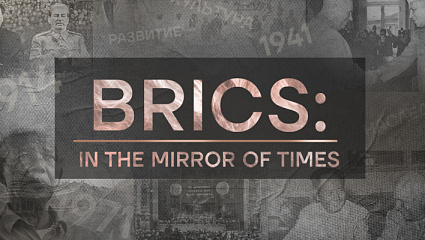
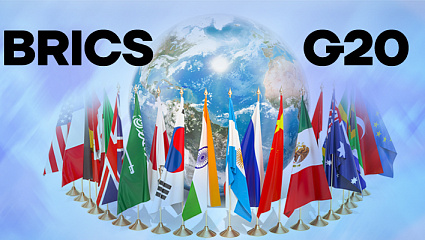



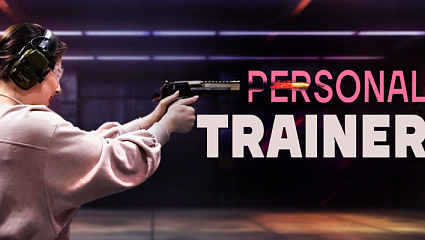

 DIGITAL WORLD
DIGITAL WORLD























